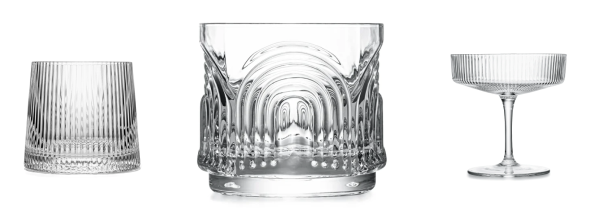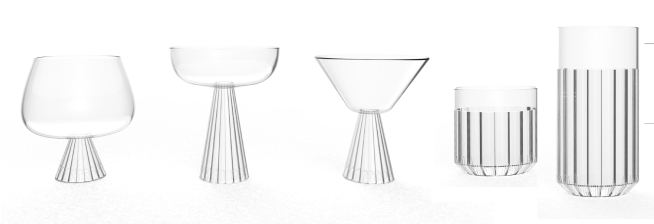How to Taste Whiskey?
To learn how to fully taste whisky takes time, patience and a lot of practice. Here are a few tips to help you started:
1. The Serving. Begin by pouring 1-2 ounces of room temperature (64°- 72°F) whiskey into a snifter glass.
2. The Observing. Tilt the glass sideways and rotate it to make a complete circle distributing the whiskey all over the inner surface of the glass. This will allow you to observe the legs of a whiskey. The higher the alcohol content, the more legs will develop, the slower they will form and fall. The more they separate and space out – the longer the whiskey has been aged. Stand the glass upright again and wait for a few minutes allowing the aromas to concentrate.
3. The Nosing. Hold the glass directly above your nose to allow the aromas time to rise. This enables you to experience the first aromas while allowing your nose time to adjust to the level of alcohol. Carefully turn the glass on its side and move upwards in a straight line to assess the different aromas. You may notice that the heavier volatile compounds such as earthy, smoky, woody aromas remain concentrated at the bottom while the more volatile particles such as spicy, malty and winey aromas tend to be higher in the glass. Now hold the glass horizontal and place your nose directly above the top of the glass half inch from the rim - the lightest fruity and floral aromas will isolate and rise to the outer edge of the glass. Try sniffing using one nostril then the other as only one is responsible for most of the inhalation at any given time.
4. The Tasting. Start with tiny sips. This will let your palate to accustom to the strength of the alcohol. Whiskey should be ‘chewed’ for 30 seconds to stimulate the salivary glands which accentuate the taste further on. Meanwhile try to place the whisky at the front, center and back of the tongue in order to optimize the variety of aromatic effects.
5. The Finish. Swallow the whisky and deeply exhale through your nose. The aromatic molecules that are released from the mouth to the back of the throat will stimulate the sensory receptors giving a nice finish to the tasting.
1. The Serving. Begin by pouring 1-2 ounces of room temperature (64°- 72°F) whiskey into a snifter glass.
2. The Observing. Tilt the glass sideways and rotate it to make a complete circle distributing the whiskey all over the inner surface of the glass. This will allow you to observe the legs of a whiskey. The higher the alcohol content, the more legs will develop, the slower they will form and fall. The more they separate and space out – the longer the whiskey has been aged. Stand the glass upright again and wait for a few minutes allowing the aromas to concentrate.
3. The Nosing. Hold the glass directly above your nose to allow the aromas time to rise. This enables you to experience the first aromas while allowing your nose time to adjust to the level of alcohol. Carefully turn the glass on its side and move upwards in a straight line to assess the different aromas. You may notice that the heavier volatile compounds such as earthy, smoky, woody aromas remain concentrated at the bottom while the more volatile particles such as spicy, malty and winey aromas tend to be higher in the glass. Now hold the glass horizontal and place your nose directly above the top of the glass half inch from the rim - the lightest fruity and floral aromas will isolate and rise to the outer edge of the glass. Try sniffing using one nostril then the other as only one is responsible for most of the inhalation at any given time.
4. The Tasting. Start with tiny sips. This will let your palate to accustom to the strength of the alcohol. Whiskey should be ‘chewed’ for 30 seconds to stimulate the salivary glands which accentuate the taste further on. Meanwhile try to place the whisky at the front, center and back of the tongue in order to optimize the variety of aromatic effects.
5. The Finish. Swallow the whisky and deeply exhale through your nose. The aromatic molecules that are released from the mouth to the back of the throat will stimulate the sensory receptors giving a nice finish to the tasting.








